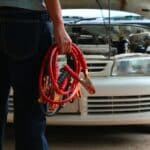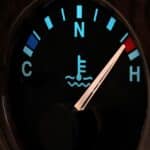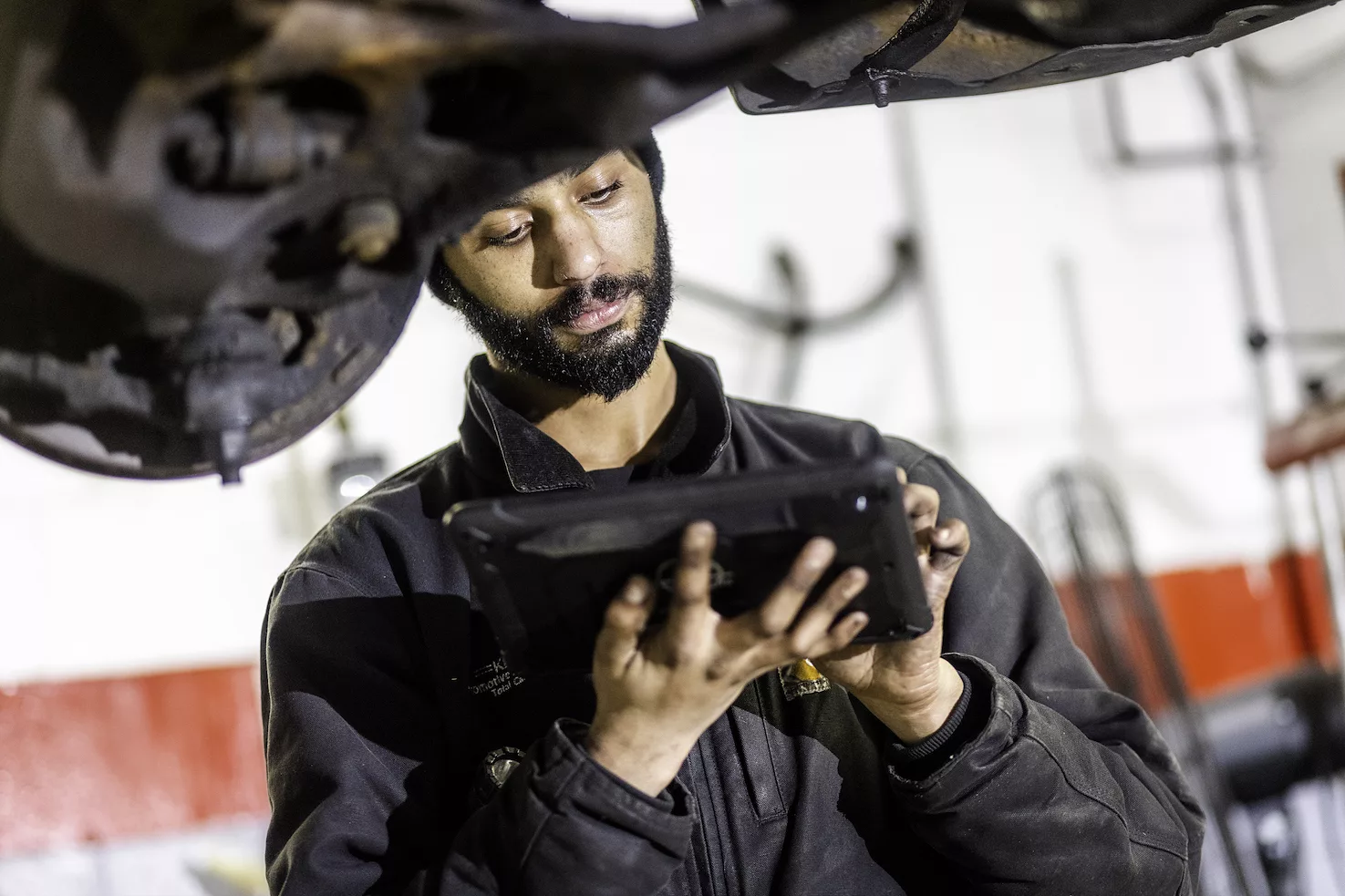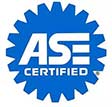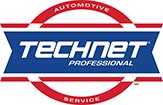If you’re like the average driver, as long as your car works you’re happy. But, sometimes your car can be failing without you even realizing it. That’s because your car is equipped with belts and hoses that help your car move. These belts and hoses deteriorate over time, and eventually, your car can stop working. Luckily, you can examine your belts and hoses to look for signs of deterioration before your car stops working.

Coolant and Heater Hose Inspection
Inspecting your coolant and heater hoses should be done regularly. Hoses are the cooling system’s weakest structural component. They’re made out of flexible rubber that absorbs vibrations between the radiator and the motor. They’re prone to become damaged from things like dirt, oil, sludge, and extreme temperatures.
When examining your coolant and heater hoses, look for cracks around the bends, as well as bulges, splits, and fraying. You can use your hands to check for any of these signs. Once your engine has cooled down, gently squeeze the length of the hose to feel for any irregularities or inconsistencies. If you find any irregularities, it’s time to replace your hose.
Accessory Belt Inspection
Accessory belt damages can occur in a similar manner as hose damages. Although belts are durable, they have a demanding job. They’re responsible for driving the AC compressor, power steering, water pump, and alternator. Modern belts are more durable than ones in older vehicles. Regardless of the age of your car and its belts, regular belt inspections are necessary for the health of your car.
Start your belt inspection by checking for splits, fraying, and cracks. Afterward, check the top cover for signs of glazing, since glazed belts are vulnerable and deteriorate faster in high temperatures.
How Often to Replace Your Belts and Hoses
Once you find deformities or damages on your belts or hoses, have them replaced immediately. However, even if you don’t find signs of damage, it’s a good idea to have your V-Belt replaced every 30,000 miles and your timing belt every 50,000. Hoses should typically be replaced every four years.
Have Them Examined and Replaced by a Professional
Not all hose and belt damage can be found with a quick visual inspection. That’s why it’s important to have them inspected by a professional mechanic. Bring your car into Ken’s Automotive & Transmissions. We provide comprehensive auto maintenance and auto repair services in Maryland.
Contact us now to schedule an appointment.



